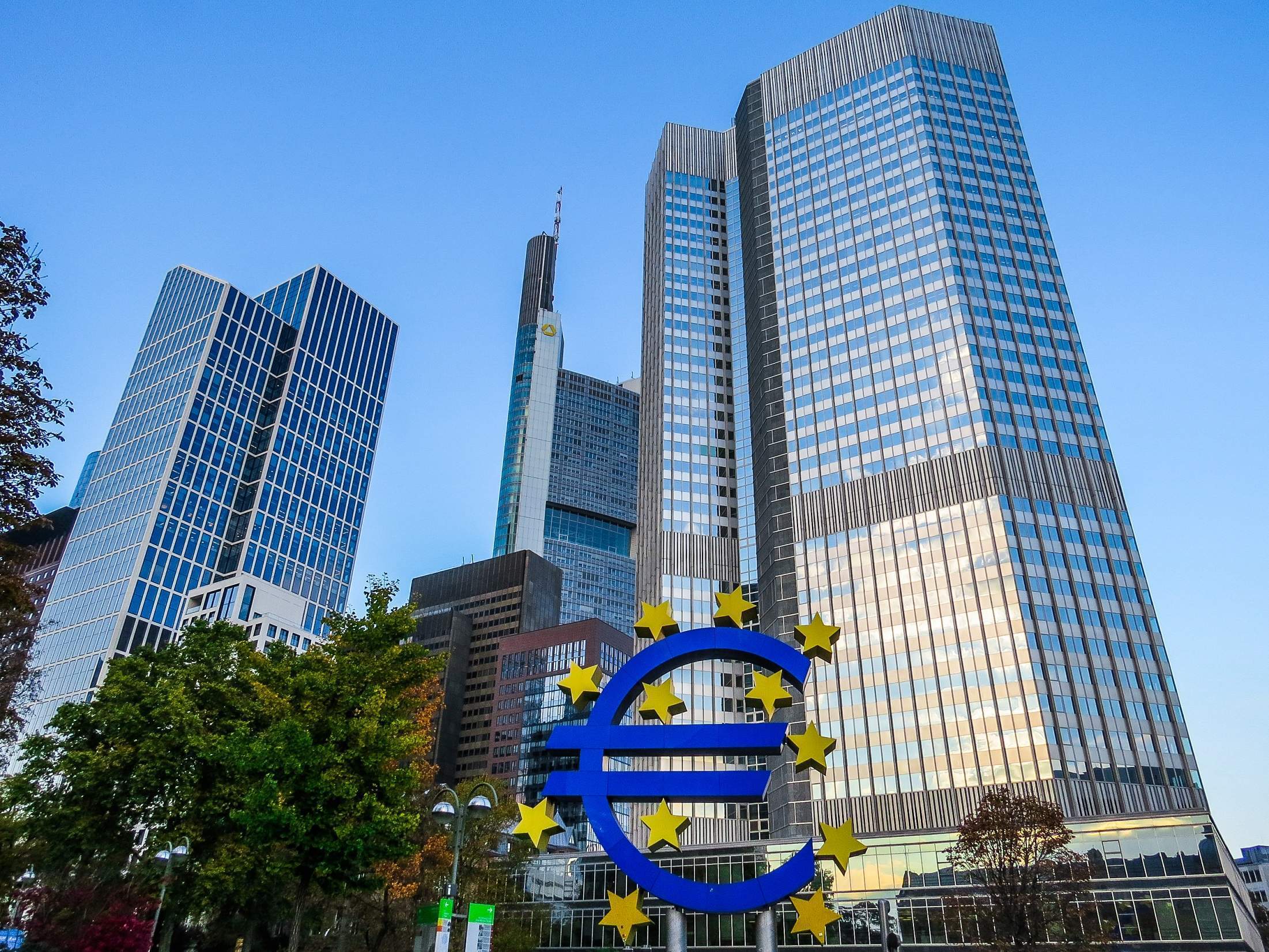
The European Central Bank (ECB) could cut its monthly bond buying program, otherwise known as quantitative easing (QE), by at least 50 percent starting in January 2018, according to sources close to the ECB’s Governing Council.
Reducing quantitative easing to 30bn euros ($36bn) a month from the current pace of 60bn euros is an under consideration, unnamed officials told Reuters.

Access deeper industry intelligence
Experience unmatched clarity with a single platform that combines unique data, AI, and human expertise.
Economists from BNP Paribas and UBS predicted last month that the ECB would begin winding down its bond buying program in the near future.
But what will the ECB have to consider before making the decision to change its monetary policy after more than two and a half years of trying to stimulate the economy with QE?
Economic conditions
Robust economic growth in the eurozone is one reason why the ECB would back away from bond buying.
“Given solid eurozone growth, sentiment at multi-year highs, reduced political uncertainty, and anticipation of growing technical challenges to the QE programme in 2018, we expect the ECB to start tapering as of January 2018,” UBS analysts said in September.

US Tariffs are shifting - will you react or anticipate?
Don’t let policy changes catch you off guard. Stay proactive with real-time data and expert analysis.
By GlobalDataHowever, the ECB’s chief economist Peter Praet has said that if it keeps markets stable, then QE should continue but just at a slower pace and for longer.
Inflation
Decisions relating to QE rest on the rate of inflation.
There are concerns that inflation remains too weak to wind down QE in the near future.
If “the outlook becomes less favorable, or if financial conditions become inconsistent with further progress toward a sustained adjustment in the path of inflation, the Governing Council stands ready to increase the program in terms of size and/or duration,” according to the ECB’s present guidance on monetary policy.
ECB policymakers are scheduled to meet again on October 25, before announcing a decision on the future of QE the following day.
“The package seems to mean that yes, the ECB is taking a step down, but there is enough in terms of communication and guidance to keep markets calm and make sure financial conditions remain easy,” said Nick Kounis, an economist at ABN Amro who is based in Amsterdam. “There seems to be a consensus on this coming together, a majority. Even some of the more hawkish members understand that you have to wind down QE very gradually.”







